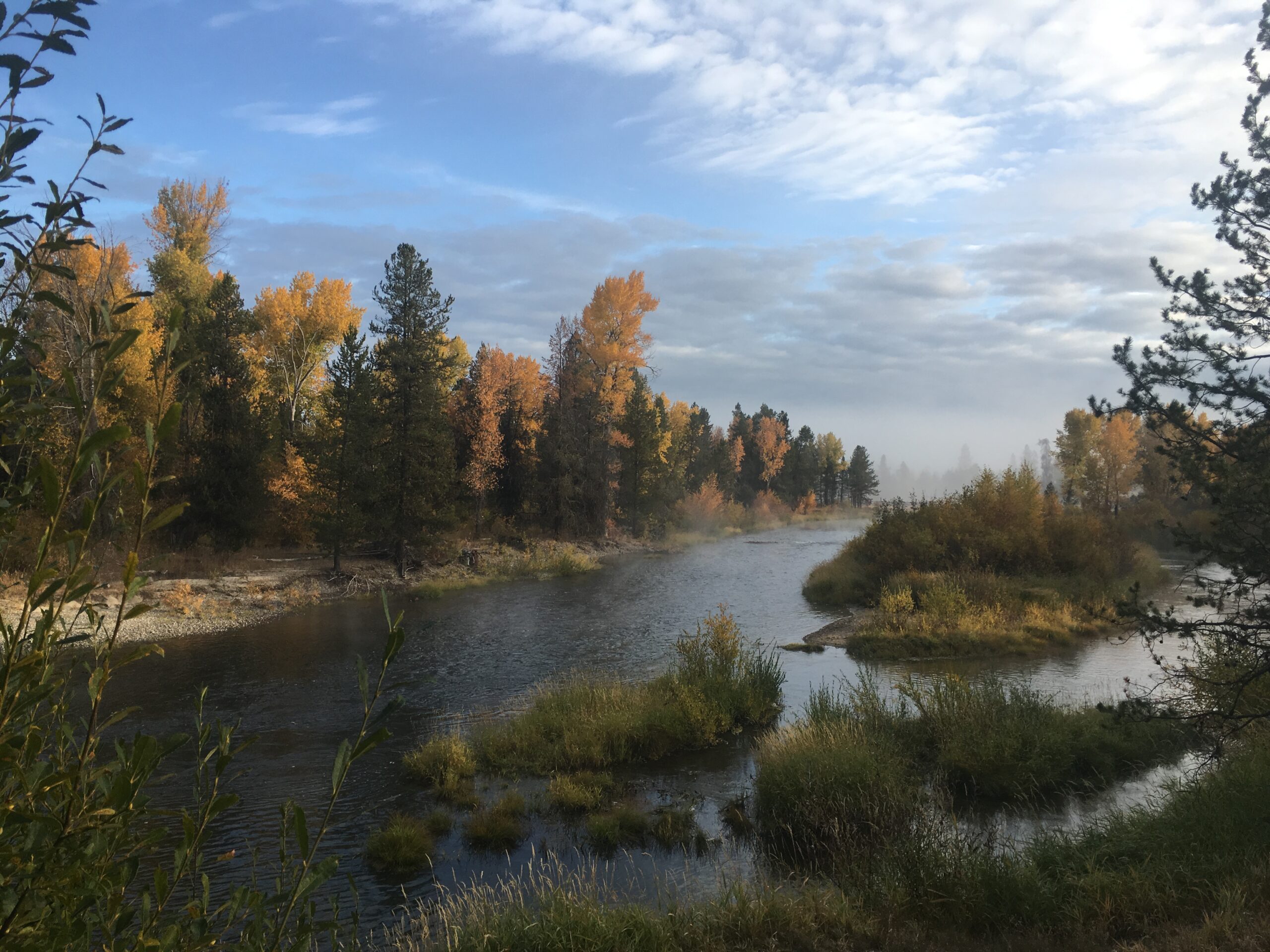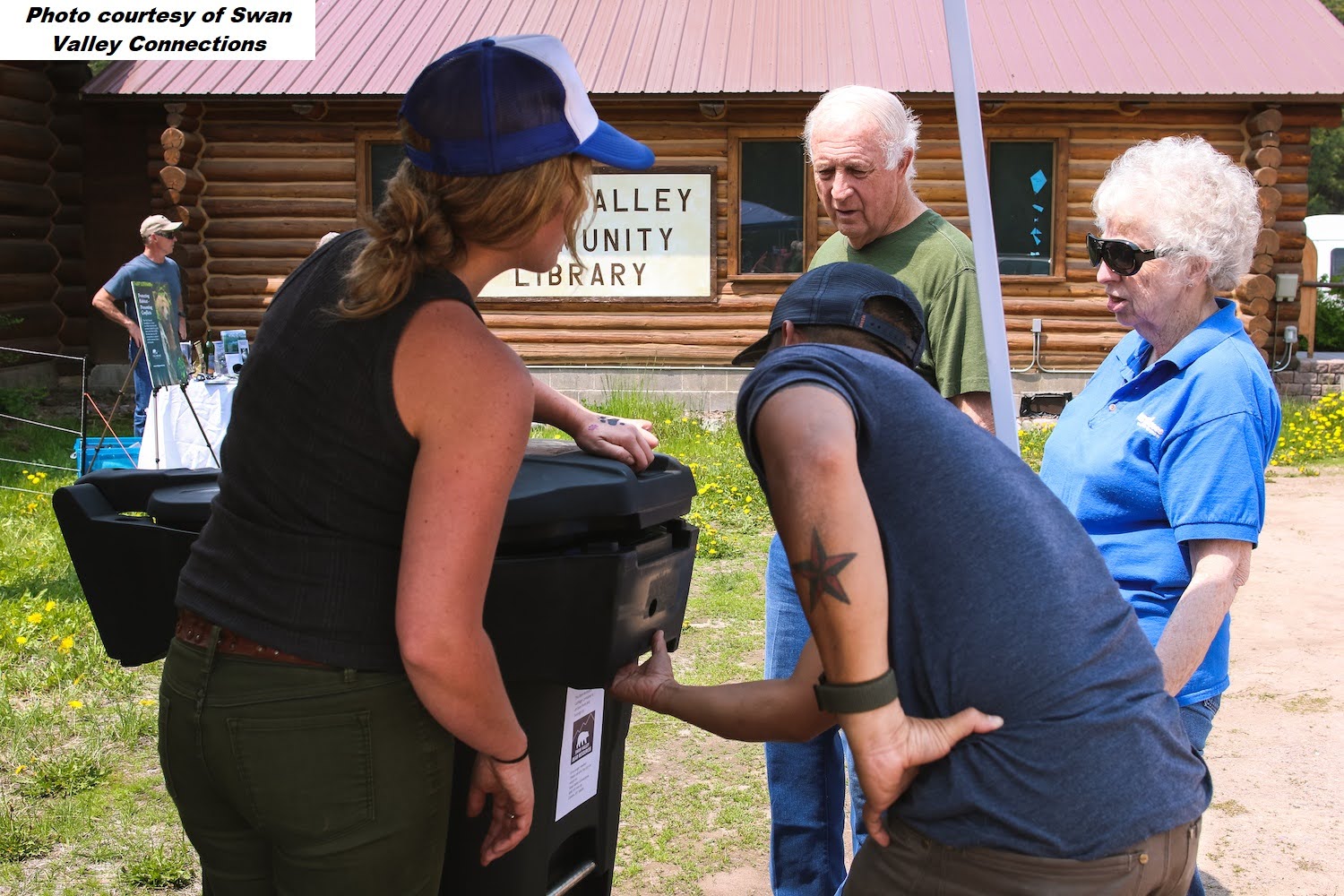Jim Williams, Partnerships Manager
Jim came to Heart of the Rockies Initiative in 2022 after a 31-year career as a biologist for Montana Fish, Wildlife and Parks. His various leadership roles saw him managing big game populations, working with private agricultural landowners on wildlife tolerance issues, developing new conservation easements, leading research and wildlife management biologists, developing grizzly bear monitoring and research programs, and initiating western Montana’s first wolf conservation program. Jim has also worked with wildlife biologists in both Chile and Argentina on a variety of wildlife conservation projects. He loves storytelling and mentoring younger professionals, and is excited to work with rural and local communities to conserve wild things and wild places. In 2018, Patagonia published his autobiography, Path of the Puma. He holds a BS in biology with an emphasis on marine biology from San Diego State and Florida State universities and a graduate degree in wildlife biology from Montana State University in Bozeman.
Q: What led you to choose a career in conservation?
I have been focused on conserving wild things and wild places my entire life. What started as enjoying an outdoor lifestyle at a very young age (surfing and climbing mountains) quickly evolved into caring deeply about all wildlife species (marine and terrestrial), local people, and the habitats that both occupy.
Q: What inspires you in your daily work at Heart of the Rockies Initiative?
After three decades working as a wildlife biologist, wildlife program manager, and regional supervisor for Montana Fish, Wildlife and Parks, I eventually realized that land conservation work and supporting projects that maintain durable access to the landscape for everyone, with or without means, was a higher calling. If all the public can access lands and play, all of the public cares, and they typically stay involved in conservation issues.
Today, I get to support 30 land trusts at the Heart of the Rockies Initiative through our Keep it Connected program. The work done by these land trusts in executing conservation easements will be here long after I am gone. It’s the ultimate accomplishment in durable wildlife conservation and in helping rural families stay on the land. Land trusts are truly the unsung heroes in wildlife conservation.
Q: When you’re not working, how do you engage with the people, lands, or wildlife of the Central Rocky Mountains?
My family has really enjoyed summiting the high peaks in Glacier National Park and surrounding areas over the years, picking huckleberries and swimming in local lakes in summer, hunting wild proteins from wild places in the fall, and skiing all winter long. My kids were literally raised on wild protein DNA. Wild places and the people who live there will always hold a special place in our hearts.
Below is the view from Triple Divide Peak in what is now Glacier National Park. This summit is the water tower for the trans-boundary Crown of the Continent region as waterways drain to three different oceans from this summit: the Arctic, the Atlantic, and the Pacific Ocean. Beautiful Medicine Grizzly Lake pictured below the summit also represents a seam between the Blackfeet people to the east and the Salish and Kootenai people to the west. For me this photo captures my decades of work conserving wild things and wild places and a lifetime spent in the mountains, and it reminds me of so many of my friends who are descendants of the original inhabitants of this special geography, as shared through their stories.



